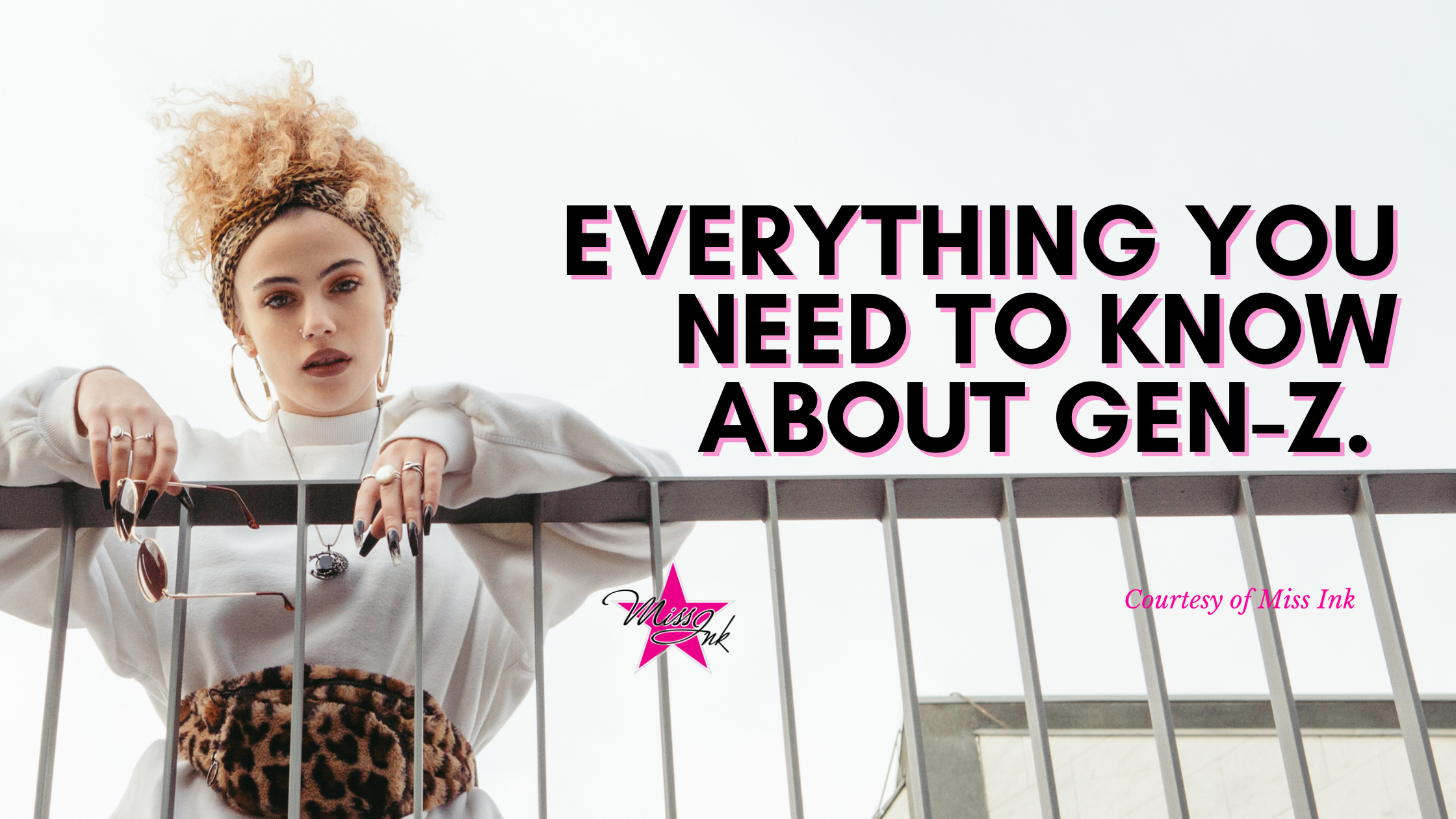It is common knowledge that you need to define your target audience in order to market your products or services. Let´s take this thought further – you need to know your audience and understand who they are and what they do, what they like, and how they purchase things. A common way of segmenting audiences is by generation.
We can split large swaths of people into categories like “Millenials” and “Boomers”. There is plenty of research on those groups, but what about “Gen Z”? More importantly, how do we get their attention?
According to GWI (2021), Gen Zs are those aged 16-24 which make up an important part of online consumers. Many people used to confuse Gen Zs with Millenials, but they are different in more than one way. One of the main differences is that 56% of Millenials are married, and only 6% of Gen Zs are. This might be due to the age difference, but nonetheless, it is important because it affects their behavior.
However, the stage of life they´re in is only the tip of the iceberg. Generally speaking, the younger generation is more prone to anxiety, are more money-driven and 21% define themselves as part of the LGBTQ+ community, compared to only 11% of Millenials.
Gen Z is probably the first generation who fully grew up surrounded by technology, and more importantly: the internet. This has several implications, including that their anxiety levels can increase due to technological issues. Another implication is that they are generally more comfortable using technology than any other generation.
Compared to other generations, the availability of resources through the internet and technology has allowed Gen Zs to have a close relationship with social media and entrepreneurship. This can be one cause of the hustle culture surrounding this generation, where money and adventure are highly valued. Of course, ambition is not unique to the younger people, but it is true that globalization and technology have made it easier for them to act on those impulses.
Another big difference is political engagement. For many years, political conversations were not seen as normal or common, and in some cases, it was considered taboo. However, younger people are more open to talking about “uncomfortable” topics, such as politics and environmental issues, especially through social media and online platforms.
Talking about social media, the network where Gen Z feels most comfortable and engages with more content is surprisingly not TikTok, but Instagram. This is important to know because we can talk about how visual media is important to them. Video over text is worth keeping in mind when it comes to creating content for the younger generation.
And what exactly are they watching online? Well, their most distinctive interests (way above-average) are music, dance, and visual media like fine art. But don´t get confused, they´re less likely than other groups to be interested in museums.
Many people may think that generations do not matter, and people cannot be
caged into a category just like that. While there is some truth in that, it is also equally true that it helps marketers and businesses target their products, services, or brand in general. This is because people growing up in a specific circumstance (broadly speaking) will share traits and characteristics.
Generations are imperfect and in no way uniform, that´s why the segmentation must go beyond this way of identifying people. You need to consider identity, sex, race, and nationality, just to name a few. But understanding a whole generation is a good starting point.
Maybe you feel a little disconnected from Gen Z, and that is totally normal. Perhaps you don´t know how to talk to them and communicate what you´d like to say. Here´s where we can help you and your business. It doesn´t matter if you want to address Gen Z or Millenials or Boomers, at Miss Ink we can help you get your message across effectively through social media, blogs, and more digital tools. Give us a call at (305) 537-6465 or contact us
here for more information.


